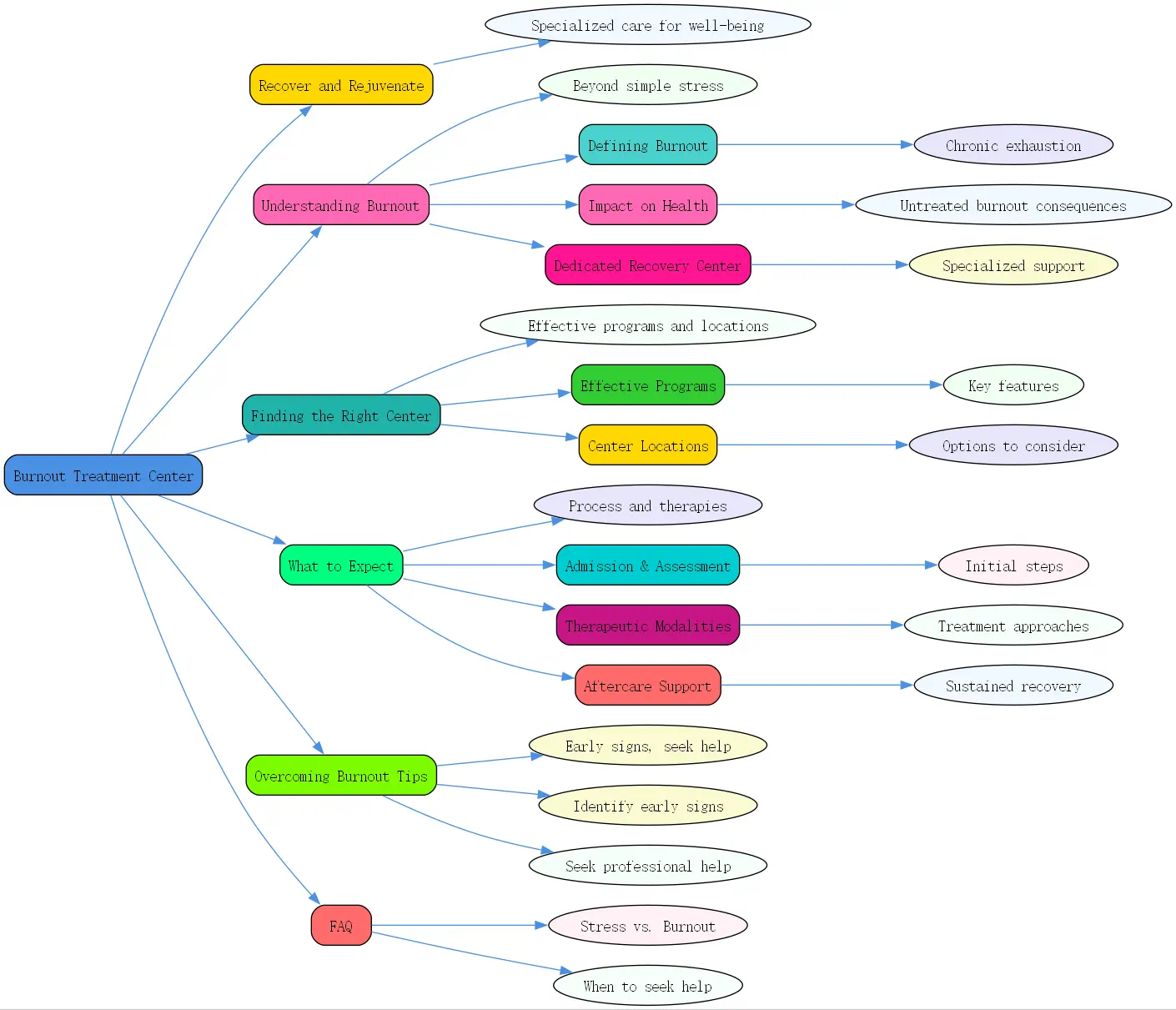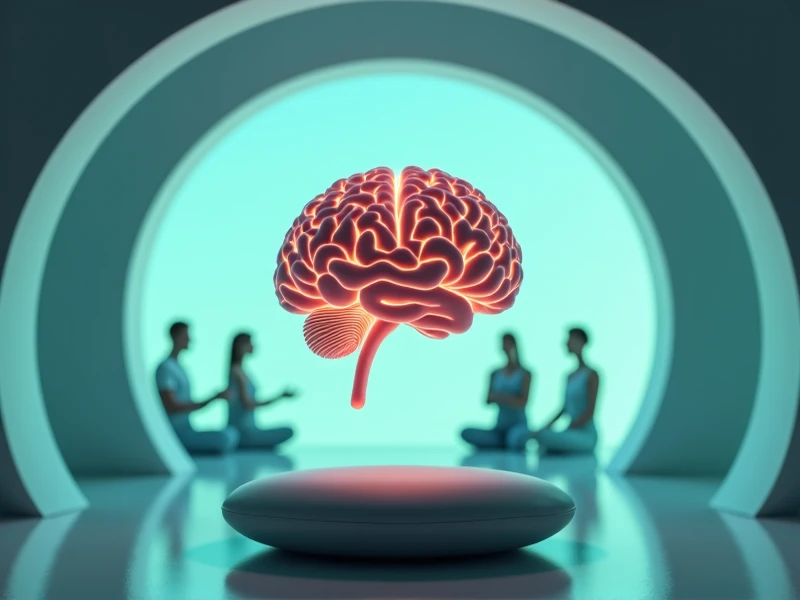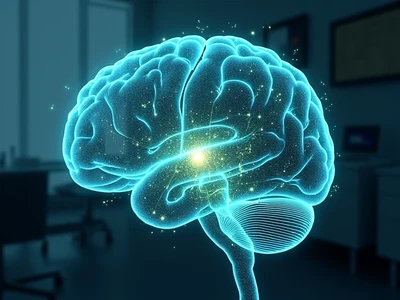Burnout Treatment Center: Recover and Rejuvenate

In today’s fast-paced and demanding world, burnout has become an all-too-common issue. Whether it’s caused by professional stress, personal challenges, or a combination of both, burnout can severely impact a person’s quality of life. A burnout treatment center offers specialized care to help individuals regain balance and reclaim their well-being. From California’s calming coasts to Colorado’s serene mountains, explore how these centers can transform your life, one step at a time.
Understanding Burnout and the Need for Specialized Treatment
Defining Burnout: Beyond Simple Stress
Burnout goes far beyond ordinary stress. While stress is a natural part of life, burnout represents a state of emotional, mental, and physical exhaustion. It creeps in when prolonged stress remains unchecked and leads to feelings of hopelessness, detachment, and reduced productivity. Unlike a temporary bout of tiredness, burnout often requires professional help for recovery.
Burnout is commonly linked to workplace expectations, but it doesn’t end there. Stay-at-home parents, caregivers, and students also experience burnout when responsibilities overwhelm their physical and emotional capacity. This highlights the need for specialized services like those offered at a burnout recovery center.

The Impact of Untreated Burnout on Health and Well-being
The cost of untreated burnout is steep, affecting both your health and overall well-being. Physically, burnout can result in chronic fatigue, insomnia, headaches, and weakened immunity. Psychologically, it can contribute to anxiety, depression, and even social phobia, as outlined in resources like those at depression treatment. Left unchecked, burnout can also lead to strained relationships and diminished career performance.
Seeking professional help at a burnout treatment center can provide the holistic and targeted interventions needed to break this cycle.

Why Choose a Dedicated Burnout Recovery Center?
While self-care practices like exercise and journaling can help temporarily, a burnout treatment center offers the comprehensive support required for long-term recovery. These centers are designed to address the root causes of burnout while providing coping mechanisms that empower individuals to thrive.
Institutions like BrainTalking emphasize evidence-based therapies and a team-driven approach led by experts in mental health and stress management. Opting for a professional treatment center allows you to receive customized care that accelerates recovery and rebuilds resilience.
Finding the Right Burnout Treatment Center for You
Key Features of Effective Burnout Treatment Programs
When considering a burnout treatment center, it’s essential to find one offering a program tailored to your unique needs. Effective burnout recovery centers typically provide the following features:
- Individualized Therapy and Counseling Services: Treatment begins with uncovering the specific triggers contributing to burnout. Through one-on-one or group therapy sessions, individuals learn to process emotions and develop healthier responses to stress.
- Holistic Approaches: Addressing Mind, Body, and Spirit: Centers that integrate physical well-being (like exercise) with mindfulness practices (like yoga and meditation) tend to deliver better outcomes. Addressing both the emotional and physical aspects of burnout ensures thorough healing.
- Evidence-Based Techniques for Stress Reduction and Resilience Building: Programs rooted in proven methods, such as Cognitive Behavioral Therapy (CBT), mindfulness, and relaxation techniques, empower individuals to rebuild their mental fortitude.
Burnout Treatment Center Locations
Location matters when it comes to recovery. Different geographic environments offer unique qualities that enhance healing:
- Burnout Treatment Center California: With its sunny weather and proximity to natural restorative settings like beaches and vineyards, California is a popular choice. A center here may offer outdoor therapies and a calming ambiance to help you achieve equilibrium.
- Burnout Treatment Center Arizona: Known for its serene deserts and stunning landscapes, Arizona provides a tranquil atmosphere for reflection and renewal. The peaceful environment promotes relaxation and aids in resetting your state of mind.
- Burnout Treatment Center Colorado: Colorado’s majestic mountains and lush greenery make it a favorite for those seeking nature-inspired recovery. Many centers here include outdoor activities, such as hiking and animal-assisted therapies, to foster healing.
What to Expect at a Burnout Recovery Center
The Admission and Assessment Process
Every individual experiences burnout differently, which is why the recovery process begins with a comprehensive evaluation:
- Initial Consultation and Evaluation: During this phase, professionals assess your symptoms and explore triggers contributing to your burnout. This step establishes the foundation for your treatment journey.
- Developing a Personalized Treatment Plan: Once the assessment is complete, your care team will formulate a tailored plan designed to meet your emotional, physical, and psychological needs.
Therapeutic Modalities Used in Burnout Treatment
Evidence-based therapies are at the heart of burnout recovery programs. Some of the most impactful techniques include:
- Cognitive Behavioral Therapy (CBT) for Burnout: CBT helps reframe negative thought patterns and adopt more constructive ways to approach stressors.
- Mindfulness and Meditation Practices: Techniques like breathing exercises and guided meditations ground individuals in the present moment, reducing symptoms like racing thoughts and irritability.
- Creative Arts Therapies and Experiential Activities: Art, music, and even movement therapy offer enjoyable and therapeutic outlets to process emotions constructively.
Aftercare and Ongoing Support for Sustained Recovery
Recovery doesn’t end when you leave the center. The most effective burnout recovery programs ensure lasting change through robust aftercare initiatives:
- Transitioning Back to Work and Life: Reintegrating into daily routines can be daunting post-treatment. Professionals at facilities like the BrainTalking-affiliated centers guide individuals through personalized transition plans, minimizing the risk of relapse.
- Support Groups and Alumni Programs: Support groups and outreach programs ensure that clients remain connected to a community post-treatment. These tools provide ongoing encouragement and accountability to stay on track.
Takeaway Tips for Overcoming Burnout
- Identify the signs of burnout early, such as chronic exhaustion, detachment, or feelings of inadequacy.
- Seek help at a reputable burnout treatment center, especially if self-care practices aren’t achieving results.
- Ensure your chosen facility offers holistic, evidence-based interventions tailored to your needs.
- Take advantage of aftercare and community support systems to sustain newfound resilience.
Frequently Asked Question
What is the difference between general stress and burnout, and when should you seek professional help?

While stress is a temporary response to challenging situations, burnout is a chronic state of physical, emotional, and mental exhaustion. Stress may subside with rest, while burnout requires professional intervention. Indicators of burnout include prolonged feelings of ineffectiveness, mental fog, and physical fatigue.
If symptoms persist despite efforts to alleviate them—such as limiting workloads or practicing mindfulness—it’s time to consider specialized support from a burnout treatment center. These facilities offer individualized care plans that address underlying factors, ensuring long-term recovery and balance.




